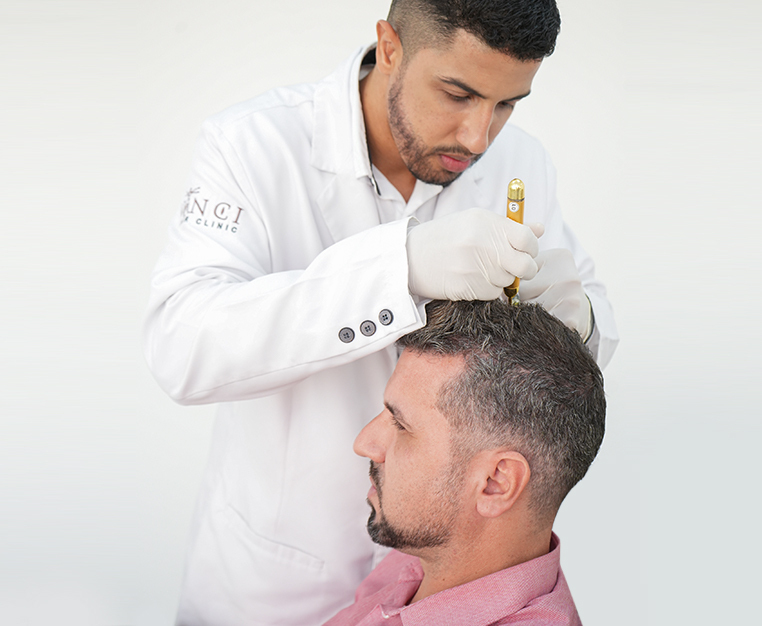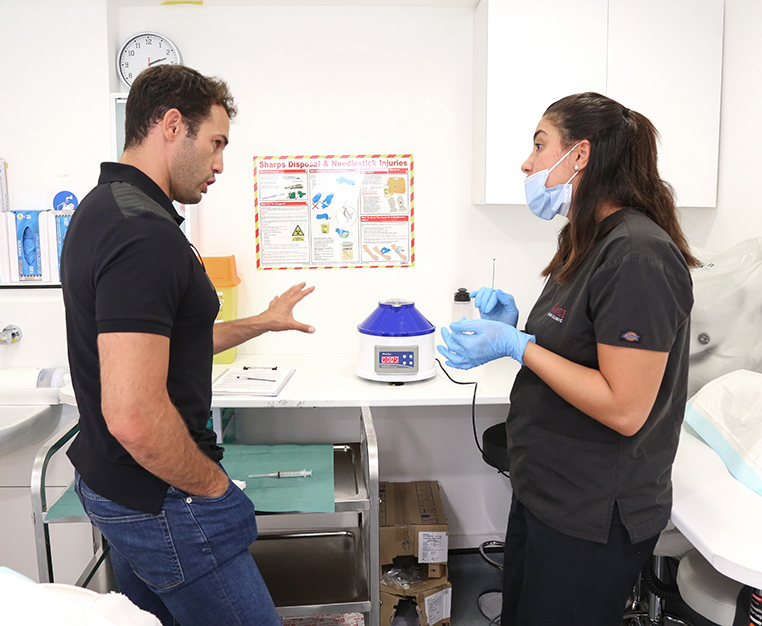Follicular Unit Transplantation (FUT) and Follicular Unit Extraction (FUE) are the two most common hair transplant surgery techniques. Specialists employ these to harvest follicles for hair transplant surgery. Several factors determine which method the surgeon picks, but they should consider every client’s needs and unique circumstances.
Techniques are constantly evolving, and the desire to maximise every procedure’s outcome has led to unprecedented advances in the hair transplant space. FUE appears, in most cases, to be overtaking FUT as the technique of choice among leading practitioners in the hair restoration business. However, any reputable surgeon will respect that there are cases where one of the techniques may suit an individual client over the other. Both procedures remain essential tools in any hair transplant surgeon’s toolbox.
Should You Consider A Clinic That Specialises In Only One Technique?
It’s always been the belief and expert opinion of many doctors that taking a combination approach to treating hair loss provides better outcomes for clients. This may involve augmenting hair transplant surgery with other treatment options. One common combination is to use platelet-rich plasma (PRP) treatment before and after hair transplantation surgery. Combining different modalities enhances not only the short-term effect of hair transplant surgery but also stacks the odds in the client’s favour over the long term.
Individual Plans For Individual Clients
Some clinics may well want you to believe there is a one-size-fits-all approach to successful hair transplant surgery. This is so far removed from the truth that any clinic offering such an approach should raise immediate red flags.
Although the underlying cause of a condition such as male-pattern balding is genetic, the situation does not manifest in exactly the same way in two unrelated individuals. This point is why pre-treatment consultation needs to occur, whether in person or virtually, before discussing transplant surgery.
Here are some of the factors hair transplant surgeons consider when coming up with a treatment plan:
- Your age
- The amount of donor hair available
- Your history with hair transplant surgery (whether you’ve had failed transplants in the past)
- Any expectation of future hair loss based on your family history
Other factors to note may include the cost of procedures, downtime involved, risk of scarring and general medical history.
To FUE or To FUT? That Is The Question!
Traditionally, the FUT procedure costs less to perform than FUE because it is quicker, as hair harvesting is done in strips rather than individually. FUT, in many cases, yields more grafts in a single session, hence why some clinics use the number of grafts extracted as a selling point!
Hair transplant surgery is as much art as it is science. Your transplant surgeon will provide you with the option that is most likely to lead to the achievement of your objectives, but while two surgeons may apply the same technique to a hair transplant procedure, the results will invariably differ due to differences in artistic flair and hairline design.
The lower cost point of a FUT transplant comes with the increased potential for scarring as it’s a slightly more invasive procedure. As with any medical treatment, your surgeon should explain the pros and cons of each technique. Next, they should tell you their recommendation and then give you the space and time to decide.
FUE is perfect for treating localised hair loss as well as beard and eyebrow transplant procedures which require precise follicle extraction. Some of the disadvantages of FUE are the higher costs due to the need for more harvesting sessions if the area to be covered is large. It also requires the client to have short hair (although you can have long hair in some cases) and is a complex procedure requiring more expertise.
Every Procedure Should Start With The Future In Mind
Many potential hair transplant clients ask if a hair transplant will stop further hair loss. The answer is no, which is why you and your transplant surgeon must consider the possibility of more than one hair transplant over a lifetime.
Genetics, age, overall health and environmental factors influence the dynamic nature of hair loss, even post-transplant. This dynamism during the first transplant will preserve donor areas and allow for future procedures. For this reason, FUE may be a better option as it causes less scarring to donor areas. In comparison, excessive scarring from FUT may render future donor hair harvesting unviable.
Final Words
Hair transplant surgery is a proven option for hair restoration. Surgeons can employ two primary techniques during transplantation, FUE or FUT. Several factors will influence your choice; future-proofing your hair transplant procedure is one of these.
Vinci Hair Clinic specialises in hair restoration using various methods, including hair transplant surgery. Combining a hair transplant with other treatments such as medication or PRP treatment will help to achieve excellent transplant results. Book your complimentary appointment with one of our hair restoration specialists and begin your hair restoration journey today!


